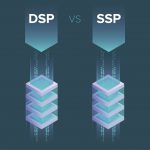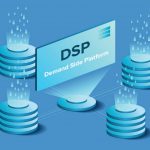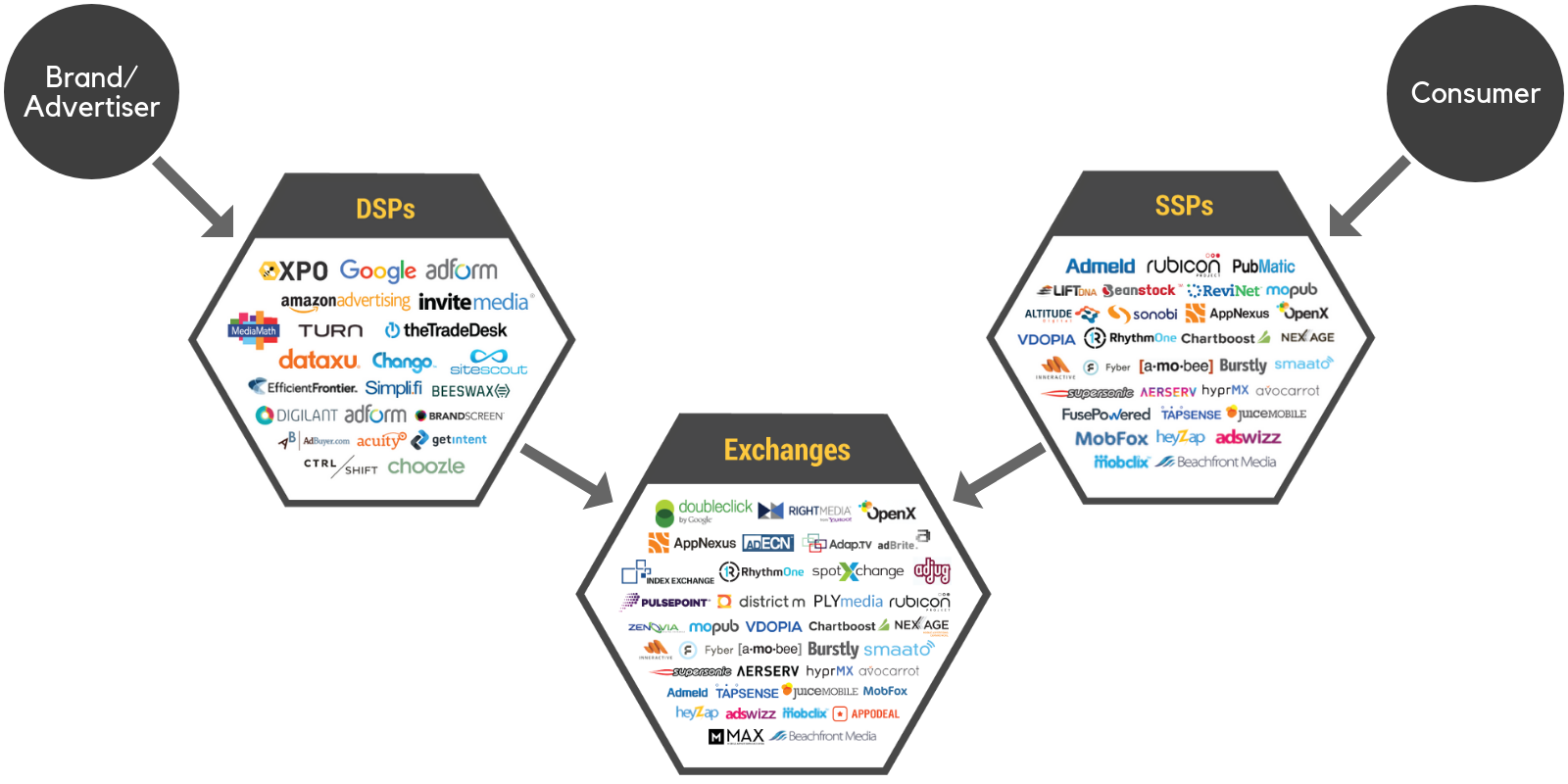Table of Content
Thanks to technology, global information can be accessed within a click of a button.
And this is important as businesses literally can’t survive without data. They need the information they collect before and after their projects to make the right moves.
The data is crucial when it comes to business strategies, marketing campaigns, advertising decisions and other initiatives.
An Introduction to DMP and DSP
DSPs and DMPs can be used together. But before you learn how and why they should be integrated. It’s important you understand each of them individually.
What is a demand side platform (DSP)?
It’s a medium that connects the media buyer and the publisher. In simple terms, advertisers require a platform to bid and monitor their ad placements, and the DSP fills this void.
The DSP allows the marketer to manage all their campaigns from a single interface.
Consider the buying ad process in the past years. There had to be a meeting where the marketer would discuss the ad placements and frequency. At the end of the day, quantifying the results wasn’t possible.
But today, web owners present their ad spaces to marketers through the supply-side platforms (SSP), and advertisers bid for the ad impressions on the DSP, in real-time.
The ad exchange is where the trade happens.
What is a data management platform (DMP)?
A DMP helps you connect with your first, second and third data, both offline and online for analysis as well as retargeting, segmentation and analysis.
The first data is the one that you collect, the second one is the one you get from partners such as Facebook ad manager, and the third data is the kind you purchase in a data collection company.
This is very crucial in today’s market, as it helps in customizing your advert messages perfectly to resonate well with your target market.
For example, if a company supplies a home product like cooking oil, they could study the customer’s cycle to know after how long they require a refill. They can then drop the ad when the customer is ready, increasing the chance of making a sale.
Programmatic advertising
Data collection isn’t a new strategy in the advertising industry. Programmatic advertising is one of the systems that use DSP to place and bid for ad spaces in real-time.
This ensures ads are showcased to the potential customers and at the right time. For instance, tracking pixels provide data to advertisers, to allow them to nurture the visitors who leave their site without taking the desired action.
Omnichannel data that DMBs provide allow marketers to customize their ads even further.
What is a DSP used for?
It is the ‘middleman’ between the web owner and the marketer. The DSP works with the supply-side platform through the ad exchange to place ads.
The advertiser negotiates for bids in the SSP (in real-time) through the DSP.
The value of an impression is determined on a cost per thousand (CMP) basis. It’s worthwhile to note that a marketer can control the money they spend in their campaigns, as they set the CMP.
What is a DMP used for?
It assists in the buyers’ cycle management as well as segmentation and personalization in real-time. For example, for firms offering subscription services or typically any product, learning their customer’s cycle, allows them to optimize their campaigns, at the right time. This decreases the uninstallation rates and improves ROI.
It also assists in personalizing the customer’s experience with a brand.
DSP vs DMP, what’s the difference?
To summarize all this, a DSP is designed to collect data. They help marketers in placing their bids, buying impressions and monitoring their campaigns.
On the other hand, a DMP does the following.
- Omnichannel and multichannel marketing to help execute your omnichannel strategy
- Audience segmentation (behavioural, demographic, psychographic)
- Analysis of engagement, retention and acquisition.
What is a DSP and DMP hybrid?
To favourably compete in the market, many advertisers are opting to use both the DMB and the DSP. This makes the advertisements more effective and easier to manage.
However, whether using the two on a tandem or separately is a good idea depends on the needs of your company.
When is using the DSP and the DMP hybrid a great idea?
Here is why companies prefer using a hybrid
- Only one employee is required to manage the advertisement platforms
- It’s easier to monitor the spending habits of your customers
- It simplifies the digital ad purchase and analysis
Why you might consider using the DSP and DMP independently
- Every customer is unique and requires sophisticated analysis to understand their taste and habits
- Your client’s acquisition might differ in all your channels, and so is your digital marketing management needs
- Reports of customers data are required for the business as a whole, and not only for the marketing department.
Take away
The debate of DMP vs DSP can go on and on. Yet, the best option relies on the needs of your business. However, it’s essential to use both of them, separately or as a tandem. And enjoy the benefits. They both help you in optimizing your campaigns for the best results.
Also read our article on “Is Facebook a DSP?“











